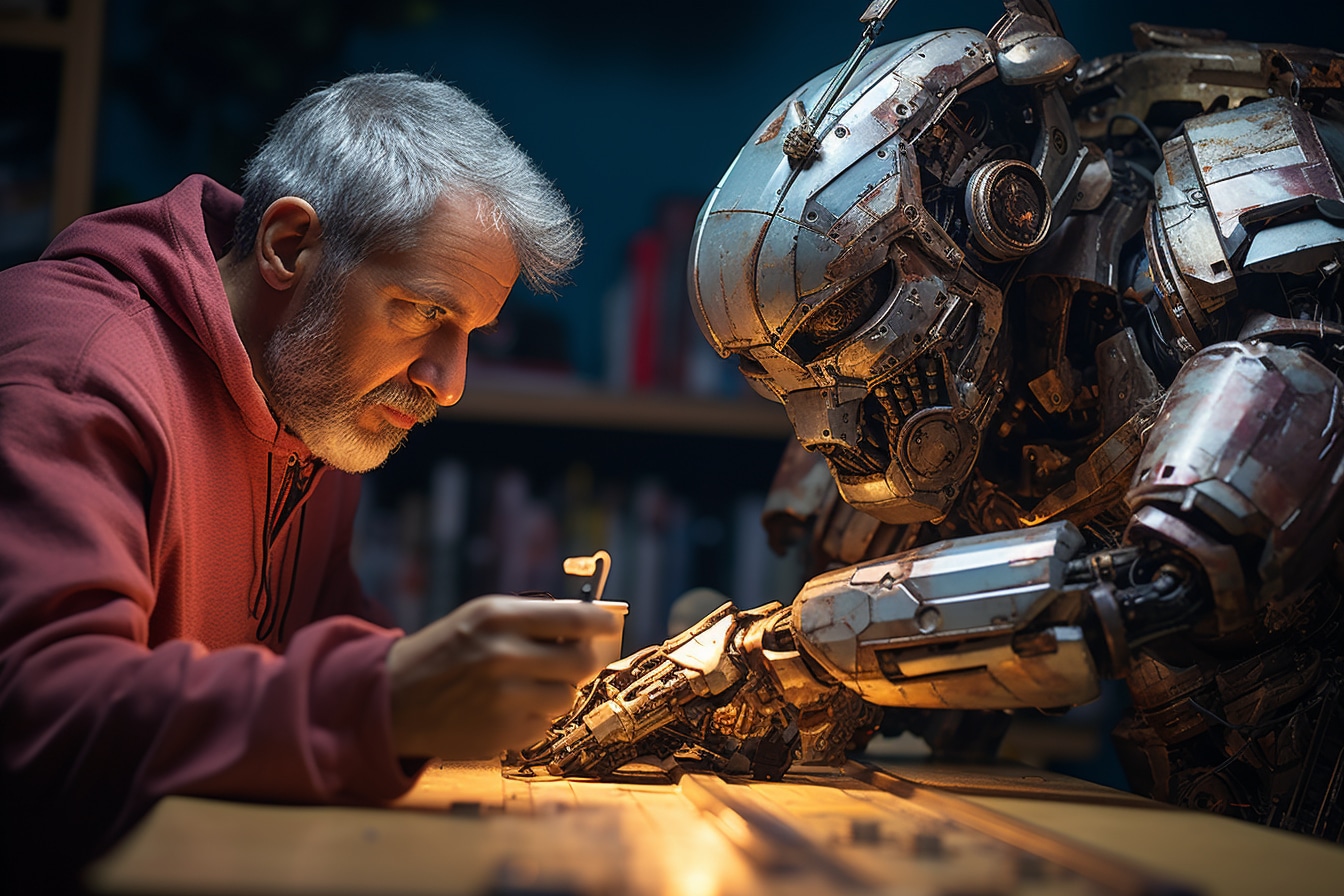In today’s society, technological advances are omnipresent, and artificial intelligence (AI) is a key element. Among its many applications, the ability to transform text into images is a feat that is attracting a great deal of interest. Thanks to advances in algorithms and deep learning models, AI-based tools now enable us to create images from simple text descriptions.
Language at the heart of the transformation process
AI systems need to understand human language in order to generate corresponding images. They therefore require in-depth learning of linguistic nuances and subtleties, as well as knowledge of the real world. The development of natural language processing (NLP) models has enabled machines to better grasp these complexities and derive actionable information for image generation.
Powerful algorithms for data manipulation
Machine learning and deep learning algorithms are essential for efficiently handling textual and visual data in this transformation process. Convolutional neural networks (CNNs) are particularly well suited to analyzing images and extracting relevant features, while recurrent neural networks (RNNs) are used to understand text sequences and their meaning.
AI models combining these two types of network not only enable a better understanding of language, but also the generation of images in a coherent and relevant manner based on the textual descriptions provided. The result is a visual representation faithful to the user’s initial intention, which can be used in a variety of contexts such as content creation, graphic design or advertising.
Innovative tools to optimize operations
AI has given rise to a multitude of tools and platforms for transforming text into images. These solutions offer considerable time savings and greater flexibility in the creation of personalized visual content. Among the many possible applications are:
Automatic content generation
Marketing and communications teams can take advantage of AI to quickly generate images tailored to their needs. By simply providing a text description of the desired image, AI-based software transforms this request into a corresponding, customized image. This approach greatly facilitates the work of creatives, producing attractive, relevant visuals in record time.
Computer-aided design
Graphic designers and artists can also benefit from the advantages offered by AI tools. Indeed, these solutions make it possible to create complex visual elements from simple text descriptions. Design professionals can thus concentrate on the overall design and aesthetics of their project, while leaving the technical details to the intelligent algorithms.
The creation of virtual environments
In the field of video games and virtual reality, AI can be used to rapidly create immersive, realistic environments. Using detailed text descriptions, AI-based software is able to generate landscapes, objects and characters that match the expectations of developers and players. This approach greatly simplifies the creative process and enables a greater variety of interactive experiences.
The future of text-to-image transformation thanks to AI
Technological advances in the field of artificial intelligence are opening up ever more numerous and diverse possibilities for generating images from text. Research continues to improve natural language processing models and deep learning algorithms to achieve ever more accurate and realistic results.
Likewise, the potential applications of this technology continue to expand in sectors such as education, healthcare and science. The transformation of text into images thanks to AI is thus helping to revolutionize the way we design and produce visual content, offering a myriad of new opportunities for professionals and individuals alike.




